
Hello~ 沙丘研究所(Dunes Workshop)是一个独立的线上原创内容发布平台,内容有关于城市、建筑、文学、艺术以及留学生活,成员来自哈佛大学设计学院以及麻省理工大学设计学院。 同样,欢迎关注我们的微信公众号“沙丘研究所”,第一手的推送内容会发布在这里;以及 Instagram账号@dunes.workshop 第一手的图像/视频内容将会发布在这里。
"Ghost in the Shell" and Anti-anthropocentrism
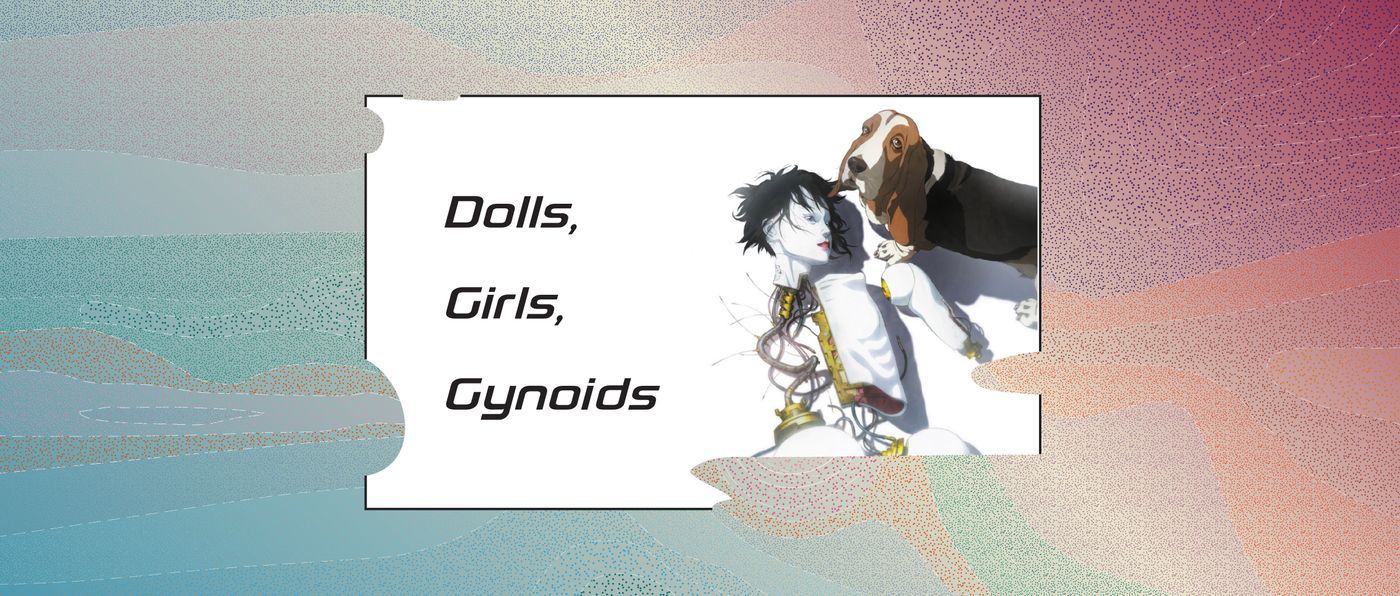
We need to first understand that the human form—including human desire and all its outward manifestations—may be undergoing a fundamental change. Therefore, it must be revisited. We need to understand that five hundred years of humanism may be coming to an end, because humanism is transforming into what we must helplessly call posthumanism.
—Ihab Hassan, Prometheus as Performer: Towards a Posthuman Culture? 》
There are no humans in Ghost in the Shell 2: Innocence.
- Mamoru Oshii

The future repeatedly depicted in many sci-fi works is a "post-human" world, where the concepts of "human" and "humanity" have undergone such a sea change that "what is human" needs to be redefined.
However, posthumanism is not just a redefinition of the human; it is an “anti-anthropocentrism” proposition that emphasizes nonhuman agents in the world. Writers, directors, critics, and theorists all try to portray such a posthuman world, but invariably end up in humanism, or transhumanism and transhumanism (referring to "human enhancement" through technology). The latter is merely a variant of the former, which can still ultimately be classified as an anthropocentrism.
As Nietzsche said, "When people think and analyze, they have to start from their own standpoint and perspective, but cannot go beyond their own standpoint and perspective." limited.
Mamoru Oshii's two Ghost in the Shell films can be seen as reflections on this limitation, and at the same time propose new propositions for post-human theory. The 1995 film Ghost in the Shell discussed the boundaries of human nature at a cognitive level. Its 2004 sequel, "Ghost in the Shell 2: Innocence" (hereafter referred to as "Innocence"), critically discusses the previous posthumanist philosophy and attempts to propose new posthuman theories . I see this as an anti-anthropocentric posthumanism, an ontology based on diverse subjects other than humans. I'll start with a brief introduction to the background and plot of the Ghost in the Shell series, and then analyze the film's representation of N. Katherine Hayles and Donna Haraway's classic posthuman theory. Finally, I will discuss in depth how the themes and systems set in Innocence can be understood as a critical extension of the theory of Hales and Haraway, which can be found in Cary Wolfe 2010 What is Posthumanism? found similar theoretical support in the book.
1. Overview of the film text
Ghost in the Shell is a manga series created in 1989 by Masamune Shirow. Around 2030, the heroine "major" Motoko Kusanagi - a fully human cyborg (cyborg refers to a human whose organs are taken over by machines in the cyber world, and is often translated as "biochemical person" in Chinese). ) — and started a series of stories about fighting electronic crimes with colleagues from Section 9 of the Public Security Bureau. The animated film directed by Oshimori was released in 1995. This work tells the story of Section 9 of the Public Security Bureau tracking the mysterious hacker "Puppet Master". A puppet master is a criminal who hacks into the brains of other cyborgs and tampers with their memories.
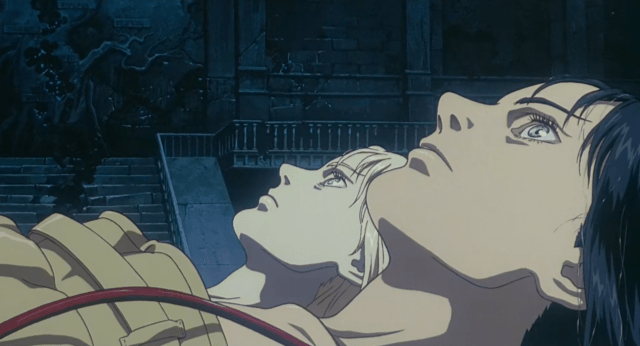
"Major" Motoko Kusanagi discovered during the investigation that the puppet master is a computer program that acquires self-awareness. Because of this discovery, she herself began to further question her "human" nature as a cyborg. At the end of the first film, Motoko merges with the puppet master and disappears into the virtual world.
Its sequel, Innocence, takes place three years after Motoko disappeared. The film sequel follows a new case between her former partner, Bart (a highly-integrated cyber cop) in the Public Security Section 9, and her new partner, Tohaku (the least-integrated member of the team).
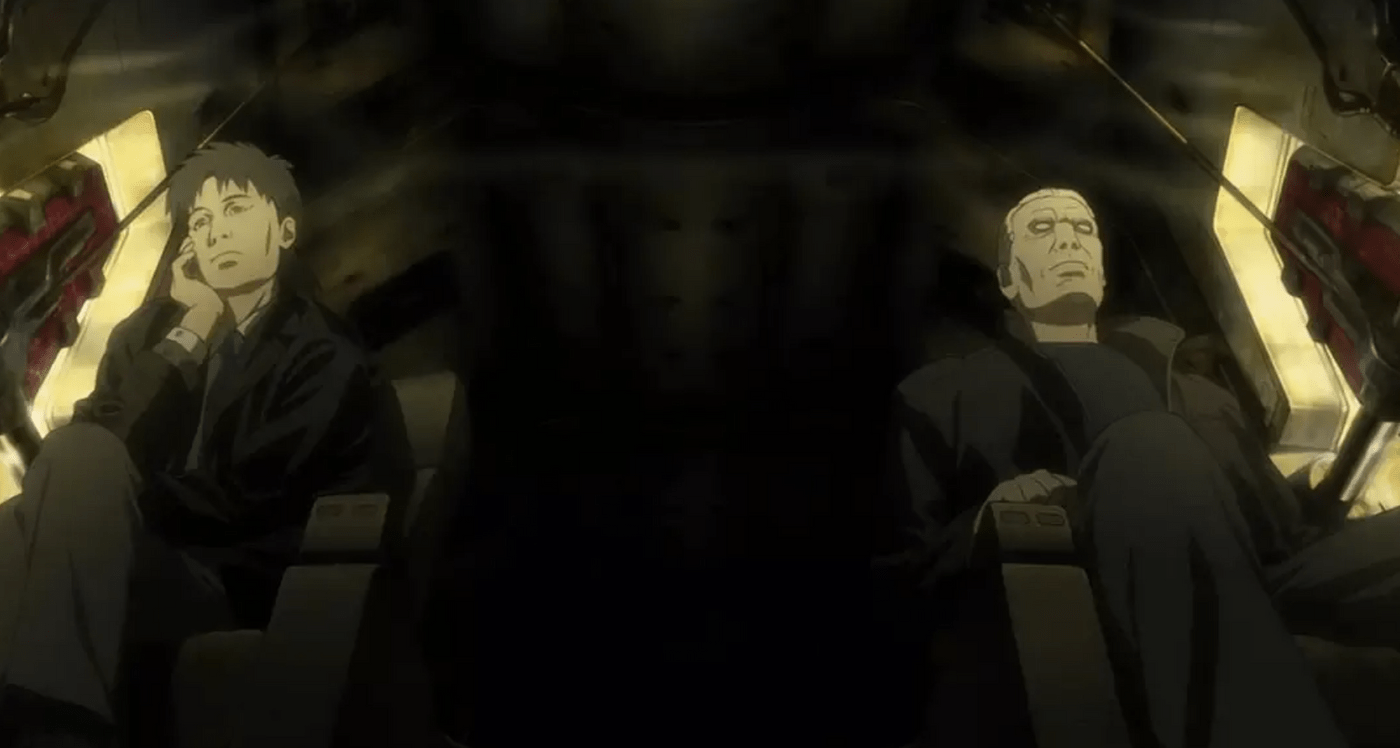
This case is a series of incidents in which female doll robots killed their owners and then self-destructed. Most of the dead were politicians and public security officials, but the families of the victims chose not to file a lawsuit for the case. The reason may be that the dolls in the case were born in a desolate area. The Hadley model produced by the company (Locus Solus) has the function of playmates of the opposite sex, which makes the family feel that it damages the image of the deceased.
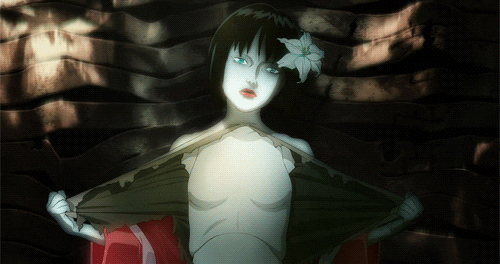
In their investigation, Bart and Tokusa found that the company kidnapped young girls and copied their consciousness into the doll, making the doll possess a human "soul" to make it appear more real. The initiator of a series of cases hopes to gain the attention of the police in this way to investigate the company in the desolate area, and then rescue the kidnapped young girl.
During the film's unfolding, Motoko, the protagonist of the previous series, barely appears; she only occasionally helps Bart in secret in the virtual world. Only at the end of the movie, Motoko's spirit, or "a part of the spirit" (because the Hadley robot is not enough to load a complete "Motoko"), reappears in a Hadley robot to help Bart and Tokusa save the spirit of the trapped girl. Interestingly, in the end, Bart not only sympathized with the kidnapped young girl, but also regarded the body of the doll robot as the victim.
2. Human ontology in the ex vivo-posthuman world
Continued networking takes us to an extreme degree of biological disembodiment that fundamentally changes our definition of human beings. For Hales and Haraway, the importance of removing the body is the basis of posthumanism. While Hales proposes and analyzes dissociation in Philip K. Dick's novels in his review, Haraway's focus on dissociation lies in the concept of cyborgs and how cyborgs can help us from liberated from the problems of its own existence. Ghost in the Shell also shows this disembodiedness, and even provides a broader picture.
In Chapter 1 of How We Became Posthuman, Hayes refers to Descartes' classic mind-body dualism, a philosophical model she argues is facing some problems in today's era. Consider, for example, the following two thought experiment cases: first, human consciousness that can be obtained through computer download, proposed by Hans Moravec; second, the teleportation machine in the Star Trek series. Both of these two popular technological imaginings in current science fiction work pose extended challenges to Descartes' mind-body dualism.

The mind-body dualism is also an inescapable philosophical theme of the Ghost in the Shell series. The "ghost" in the English title of the work "ghost in the shell" refers to consciousness and spirit, and it exists in the "shell", that is, the body. Guided by this main thread, Hayes takes "disengagement from the biological matrix" as the post-human element. Hayles proposes that posthumans see "the body as a primitive prosthesis/prosthesis", so it is natural and normal for it to be replaced, modified and extended. From this perspective, cyborgs are the perfect posthuman paradigm.

In The Cyber Manifesto: Science, Technology, and Socialist Feminism in the 1980s, Haraway defines cyborgs as—
A networked organism, a mechanical and biological hybrid that is both a fictional being and a social reality. Social reality is practical social relations, our most important political construct, a world-changing fiction.
Haraway sees "cyborg imagery" as "a way out of the labyrinth of duality." This emphasis on "imagery" seems to suggest that "cyborg" is an abstract or metaphorical concept for Haraway. For Haraway, dissociation, or the image of dissociation, is a liberating force for human beings to achieve their ideal social and political environment.
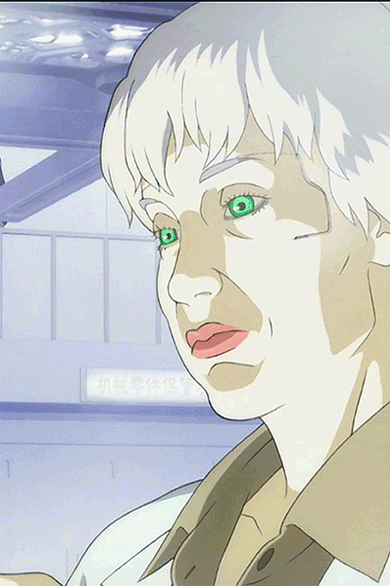
Similar to Philip Dick, Oshii was interested in "epistemological issues and their relation to the cyber paradigm" in the 1995 film. In Do Androids Dream of Electric Sheep? and Ghost in the Shell, the advanced cyberworld “fundamentally overturns the ontological foundation of humanity.” In this future world, the human body is constantly replaced and augmented by electromechanical parts. In Ghost in the Shell, all characters have been electronically transformed to varying degrees. The most common is the electronic brain, a mechanical shell of the human brain that can be connected to a network, store memories and communicate with others. Secretaries, on the other hand, have a pair of robotic hands with joints that can be shifted and unfolded, so that the fingers can be split into more fingertips and type faster while working.
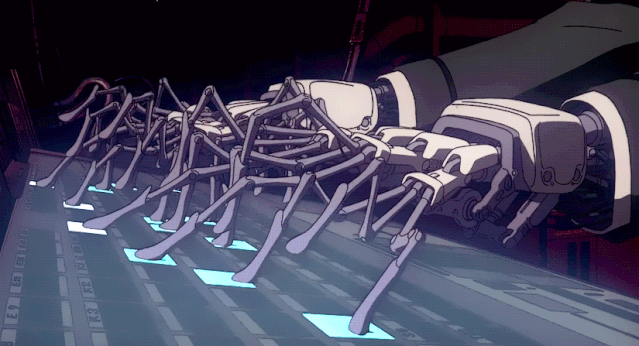
Bart is implanted with mechanical eyes, and Motoko is a female cyborg (gynoid) with only a biological brain. These characters are portrayed by the director as people who are similar to us. Their identities set the film's premise that bodies can be altered, replaced, and augmented without altering the identity of the subject. Under this presupposition, Mamoru Oshii sets up characters and plots to challenge this assumption and reiterates the issue of human identity.
The film uses the cyborg protagonist, her colleagues, and the "villain" puppet master to provide varying degrees of "detachment".
Tokusa represents a rebellion against cyborgization, as well as an adherence to the traditional definition of the relationship between man and our society. As the least prosthetic character, he embodies a view of our native biological body as the definition of identity. Also, he is a married father of a young daughter. This family construction based on kinship makes him a representative of our traditional social construction, against the entire "posthuman" setting.
On the other hand, the villain's puppet master, as a computer program that acquires consciousness, further advances in the direction of separation, and achieves a pure immateriality of consciousness. The fact that the puppet master has never had a body but has acquired consciousness not only supports the immateriality of human consciousness, but also shows that consciousness is not limited to "human beings". He offers a new story of the birth of consciousness, a story of the birth of consciousness that is purely virtual, without any physical or biological incarnation.
Just as Motoko questioned her own "humanity" in the comparison with the puppeteer, this film is an exploration of how we define human beings in terms of matter and individuality. The protagonists and villains represent two extremes: one is a cyborg who was born as an individual human, but completely incarnated into cyberspace as a mechanical body, and the other is an individual consciousness born in the sea of information. And the fusion of the two at the end of the film is a prelude to the more radical proposition presented in Innocence.
3. Alternative ontology of posthumanism
"Innocent" is a further departure from the "Ghost in the Shell" series and is deeply involved in the theoretical discourse of post-humanism.
The film does not elaborate on the narrative of the story, nor does it portray the image of the protagonist, but instead references, quotes, and responds to discussions of post-structuralism and the post-human era. Beyond redefining human nature, Oshii's purpose in this film is to dissolve and deconstruct the mythological anthropocentrism.
Most "post-human" science fiction works to imagine new ideologies based on the consciousness that humans possess, so they are still limited to an anthropocentric perspective. Of course, the mind as a human body cannot think about a kind of "inhuman thinking". So we can never avoid this paradox and imagine an autonomous consciousness that is truly different from human beings, but Innocence acknowledges the limits of that imagination; it embraces both human and non-human forms equally , sincerely presents a poetic and aesthetic post-human world, rather than using it only as a tool to control our understanding of human-related issues.
In a theoretical critique of the ontology of posthumanism toward decentralization, the theoretical framework proposed by Carey Wolfe six years after the film's release makes a similar claim.
In What Is Posthumanism, Wolff focuses on the inevitable humanism that emerges in the posthumanist process and the autonomy and superiority of this idea. For him, the "keynote" of Hayles' How We Became Posthuman was to "associate posthumanity with a triumph of disembodiedness".
Wolff criticized these "phantasies of dissociation and autonomy" as "inherited from humanism", thus proposing the "decentralization of man". "To become a true post-humanist, one must weaken the concept of the subject and abandon the privileges of man." He believes, "Only by abandoning the concept of man can we subvert speciesism and become a post-humanist." Wolfe sought to answer what posthumanism is by reimagining the concept of the subject as something that is not limited to people. Instead of focusing on what it was in history, he imagined what it might have been if we no longer insisted on maintaining human superiority.
In order to break free from the shackles of human beings, Mamoru Oshii proposes a different way of transcending his own limitations. He does not focus on his own "absence" or "transcendence", but around the feeling of "innocence" (that is, "innocence" in the title of the film, Innocense) to set up a "between human and inhuman" feeling. "The pedigree.
Bart and his dog Gabriel are good examples. Mamoru Oshii depicts the intimate relationship between humans, animals and machines in a way of depicting "close family affection". This approach echoes Wolf's critique of opposing "ontologies" as the basis of posthumanism. If Hales and Haraway's approach to posthumanism is seen as a single transcendence of human beings that cannot transcend "humanism", then "Innocent" explores typical and atypical social relations through , in pursuit of another way of defining posthumanism. Tohaku's love and care for his family, Batu's love for Basset Hounds, and Jin's obsession with dolls can be seen as some typical social relationships.
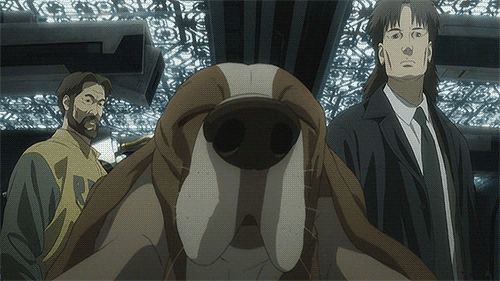
The most perverse relationship occurs near the end of the film, with Barth's sympathy for the puppet as a mere "shell". After rescuing the "consciousness" trapped in the robot doll, he also realized that in order to save the girls' trapped consciousness, the inspector who was killed chose to modify the ethical code to create murder cases to attract the attention of the police. At this point, Batt asked the rescued girl:
Don't you know what kind of mess you've created? I'm not just talking about humans... Haven't you thought about dolls who are forced to have "souls"? !
This moment can be understood as a revolt against "dissociation". Mamoru Oshii seems to offer a new understanding that the unconscious body is an entity equal to human and nonhuman consciousness.
We can say that for true "posthumanists", Motoko, puppet master and sex robot are equal. Whether a human consciousness with a mechanical body, an electronic consciousness without a body, or an unconscious body can have and be endowed with emotions. To Bart's questioning, the rescued girl replied aggrievedly, "I don't want to become a doll!" and Motoko went on to say:
The blood of birds is pitiful, and the wounds of fish are unquestionable.
Happy is the one who can speak. If the dolls could talk, they would say "I don't want to be human".
This is an ontology that opposes the "subject as the core".
This dynamic field is generated through diverse subjects and their relationships. The subjects, including animals (Batu's Hound), humans (Tokusao), descendants (Tokusao's daughter), cyborgs (Bato and Motoko), sex robots, and dolls create a complex network of relationships. This network of relationships is connected by feelings such as companionship, affection, care, desire, lust, contradiction, hatred, fear, resistance, respect, hope, and love.
In the final scene, Bart is reunited with his dog, and Tokusa hugs his daughter, who holds the doll she just received from her father. This scene highlights a key question raised and deconstructed throughout the film, "what it is that loves what?"
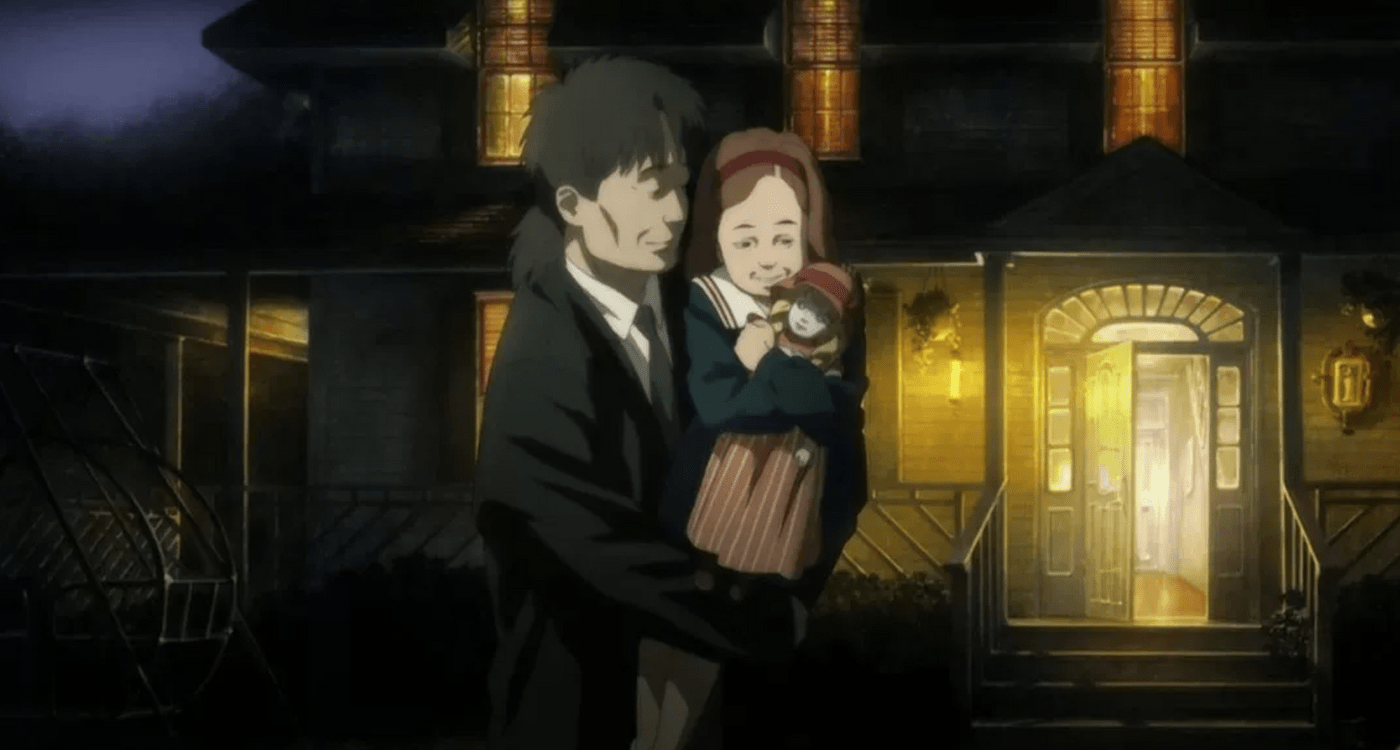
Are emotions and feelings limited to people, organisms, and self-consciousness? Or, are emotions and feelings also present in man-made objects? Oshimori does not only discuss the subject in the post-human age, but also puts the post-human object and its relationship into the question. In other words, in a true post-human perspective, there is no distinction between subject and object.
The posthuman world is a world made up of systems rather than individuals. In her newer work, Unfinished Work: From Cyborg to Cognisphere, Hayes proposes what she calls the "cognisphere." Scenarios beyond cyberworld. The newly coined word is a combination of two parts: "cogni-" and "-sphere". In fact, this is very similar to the rhizome structure proposed by Deleuze in A Thousand Plateaus, and both belong to the realm of no duality.
It is not made up of individual organisms but a cohesive complex system that is constantly evolving. The "cognitive field", like the world, is the embodiment and symbol of the dynamic stream of consciousness that arises between people, animals and machines. Its post-human subject is embedded in the "cognitive field" and cannot be separated from the information system.

Not only does Innocence characterize this cognitive field in characters and relationships, it also generates a cultural cognitive field through citations and references. This is a work with a very Oshii Mori style, but it is presented in a way that tries to dispel the "author"'s subjective consciousness in terms of content development. This work seems to have said many "other people's words" through the mouths of countless "fictional characters". Not only post-structuralist philosophers and post-human theorists like Haraway, Gilles Delueze, and Roland Barthes, but sociologists like Max Weber, Literary creators such as Gogol, Roman Rolland, Saito Luyu, and even oriental philosophers such as Confucius and Buddhism. In other words, the director's subject consciousness is composed of many "fictional characters" and "the words of others". Oshii Mamoru's "ventriloquist" expression technique, which relies on "quotation," thus shapes the subject itself as an organization—"the subject becomes the organization of citations."
Innocence's concern for nonhuman equality is perhaps deeper than any other literary, film, or even philosophical work in posthumanist discourse. The film constructs a revolutionary image of a post-human world in which sentient and non-sentient individuals are dispersed in a sea of information, through self-formed or implied relationships of culture, society, and politics. connect together. Although "cognitive fields" contain their subjects and their relationships, they are all post-human entities. The boundaries between humans and cyborgs, "soul" and "body," individual and collective disappear. Innocence appreciates and embraces both human and non-human indiscriminately, and does not advocate liberation or empowerment of a particular object, but rather strives to create a balanced and dynamic system in which a The subjects of the series exist, communicate, connect, transform and transcend freely and equally.
The original content was first published on the WeChat public account "Dune Research Institute" with the title: "Ghost in the Shell" and anti-anthropocentrism
Like my work?
Don't forget to support or like, so I know you are with me..
Comment…